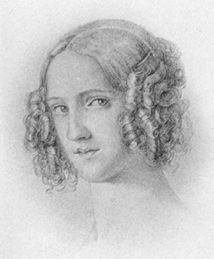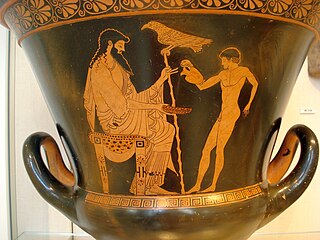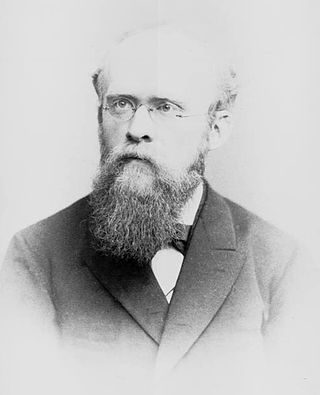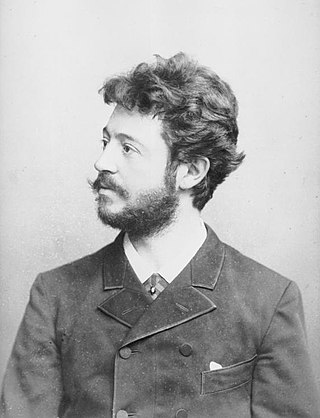
Paul Johann Ludwig von Heyse was a German writer and translator. A member of two important literary societies, the Tunnel über der Spree in Berlin and Die Krokodile in Munich, he wrote novels, poetry, 177 short stories, and about sixty dramas. The sum of Heyse's many and varied productions made him a dominant figure among German men of letters. He was awarded the 1910 Nobel Prize in Literature "as a tribute to the consummate artistry, permeated with idealism, which he has demonstrated during his long productive career as a lyric poet, dramatist, novelist and writer of world-renowned short stories." Wirsen, one of the Nobel judges, said that "Germany has not had a greater literary genius since Goethe." Heyse is the fifth oldest laureate in literature, after Alice Munro, Jaroslav Seifert, Theodor Mommsen and Doris Lessing.

Hans Bronsart von Schellendorf was a classical musician and composer who studied under Franz Liszt.

Friedrich Martin von Bodenstedt was a German author.

Josephine Caroline Lang was a German composer. Josephine Lang was the daughter of Theobald Lang, a violinist, and Regina Hitzelberger, opera singer. Her mother taught young Josephine how to play piano, and from age five it became apparent that Josephine was possessed with great potential as a composer. As early as age eleven Josephine started giving piano lessons herself. Through her godfather, Joseph Stieler, Josephine was exposed to some of the greatest artists of her time. Both Felix Mendelssohn and Ferdinand Hiller went to great lengths to ensure that Lang learned the proper theory for song-writing, and used their connections to publish Lang's music. Even Robert Schumann published a song of Josephine's in Neue Zeitschrift für Musik in 1838.

Johann Vesque von Püttlingen, born J. Vesque de Puttelange, was an Austrian lawyer, diplomat, author, composer and singer. His full name and title in German was Johann Vesque, Freiherr von Püttlingen.

"Ganymed" is a poem by Johann Wolfgang von Goethe, in which the character of the mythic youth Ganymede is seduced by God through the beauty of Spring.

Emil Hartmann was a Danish composer of the romantic period, fourth generation of composers in the Danish Hartmann musical family.
Rudi Spring is a German composer of classical music, pianist and academic. He is known for vocal compositions on texts by poets and his own, and for chamber music such as his three Chamber Symphonies.

Paul Klengel was a German violinist, violist, pianist, conductor, composer, editor and arranger. He was the brother of cellist Julius Klengel.

Adolf Emil Büchner was a German conductor and bandmaster. He wrote a number of compositions, including operas, chamber music, choral works, and symphonies.

Wendelin Weißheimer was a German composer, conductor, essayist, teacher, and writer on music. He studied with Franz Liszt and was in close contact with Richard Wagner, Hans von Bülow, Peter Cornelius, Louise Otto-Peters, Ferdinand Lassalle, August Bebel and many other notable musicians of his time.

Johann Wilhelm Hill was a German pianist and composer.

Henri Willem Petri was a Dutch violinist, music pedagogue, composer and arranger who spent his entire career in Germany.
Princess Julie Furstin von Waldburg-Wurzach was an Austrian composer who published over 60 works for voice and/or piano. She was born in Vienna to Count Frans and Frantiska Dubsky von Trebomyslicz. In 1858, she married Prince Eberhard Waldburg-Wurzach, becoming his second wife. They had two daughters, Marie and Elizabeth Sophie.

Ernst Paul Flügel was a German Romantic composer.













